2023 Lawn Thread
Discussion
My next door neighbour got round to having the hedge row removed an the large conifer removed, due to site access I agreed that his tree surgeon could access the garden via mine.
Before
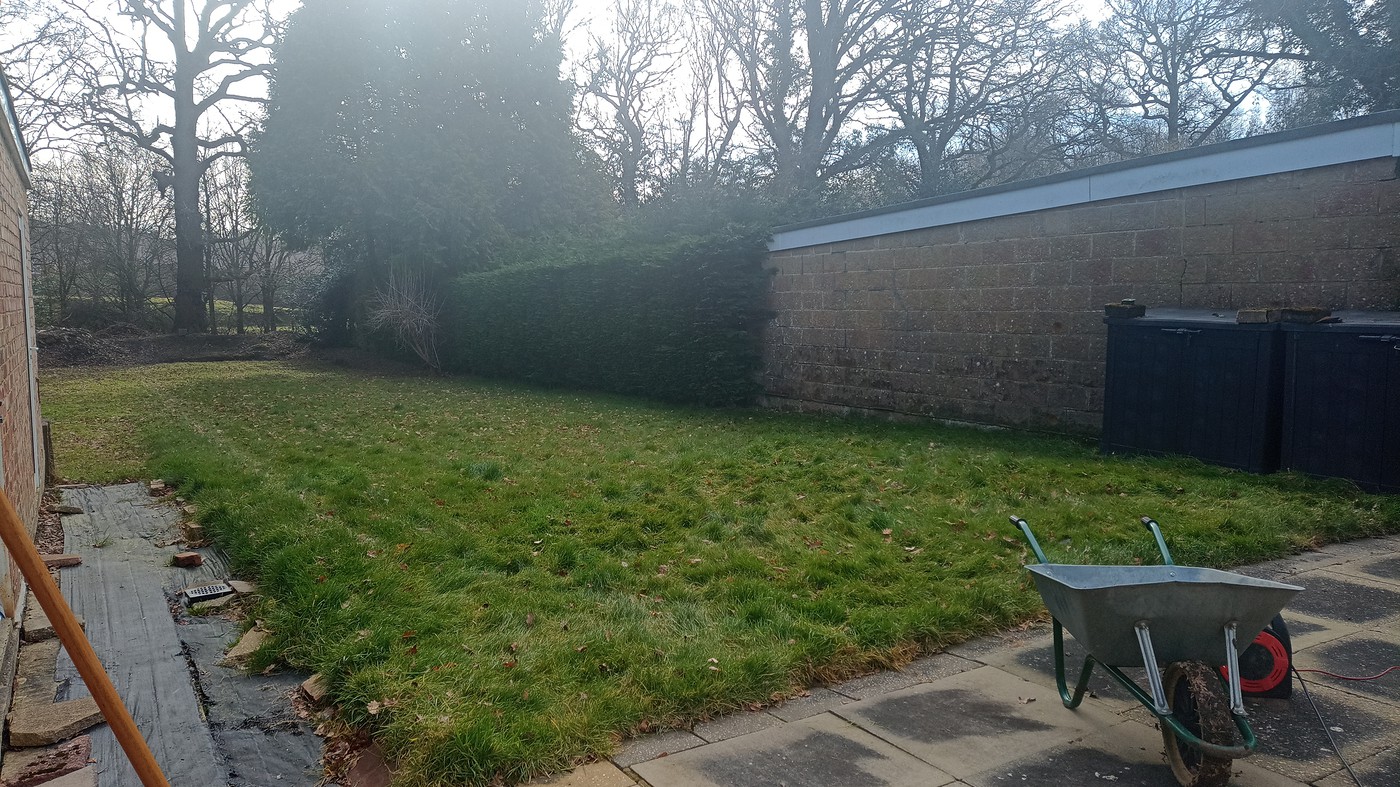
After
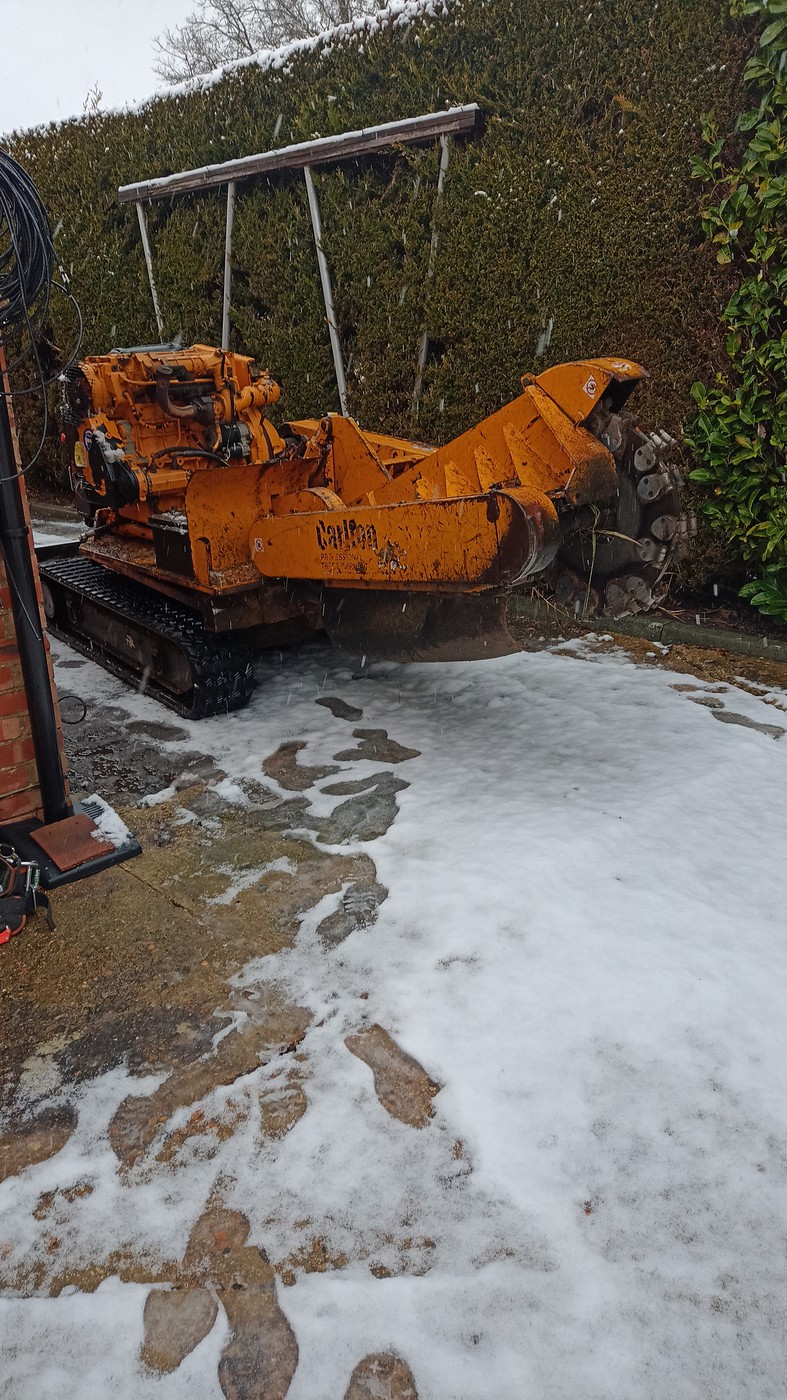
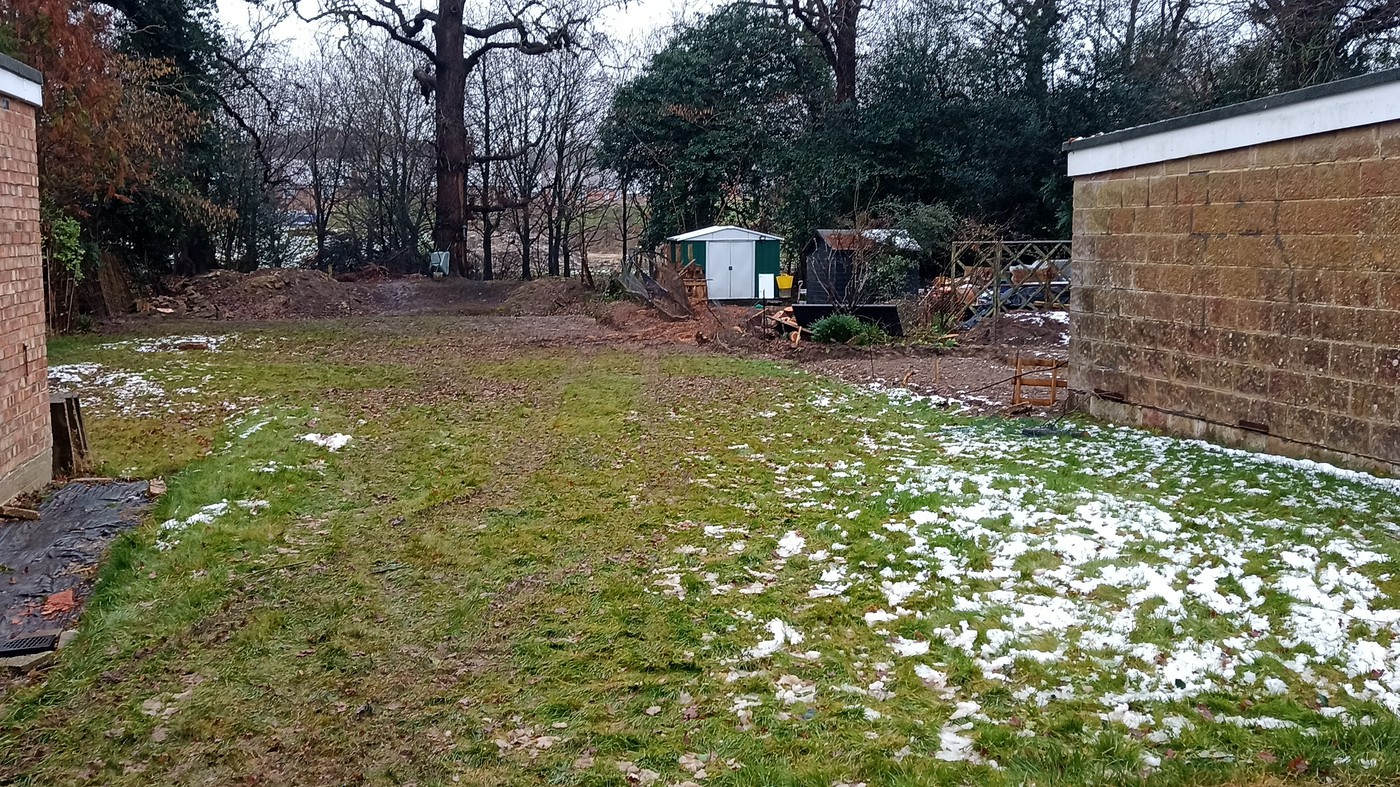
Must admit I was a little gutted at the damage done to the lawn, but the neighbour has redeemed himself buy sending round his mini digger driver to sort it all out again.
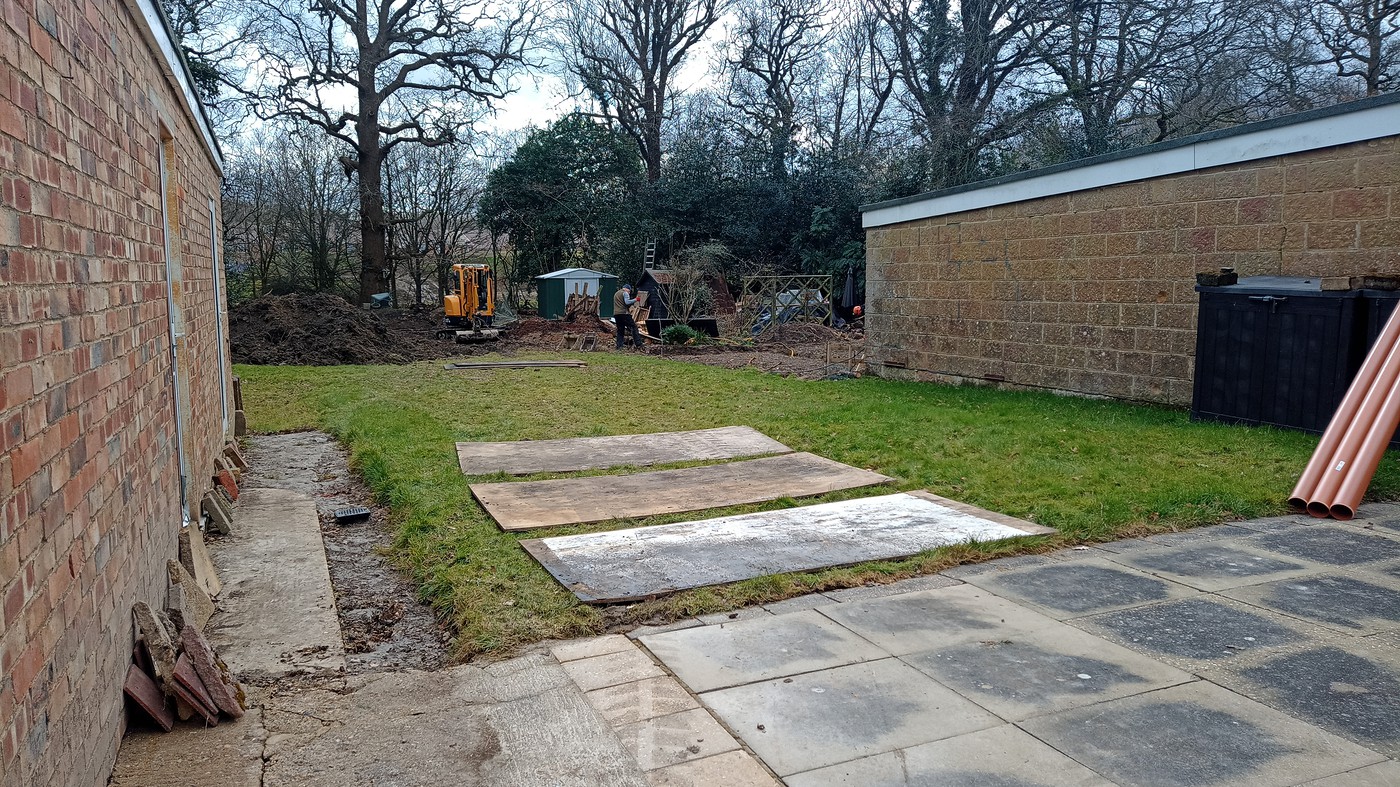
Fitted some drainage pipe at the same time to hopefully solve drainage issues, just have to look forward to reseeding half the lawn again.
Before

After


Must admit I was a little gutted at the damage done to the lawn, but the neighbour has redeemed himself buy sending round his mini digger driver to sort it all out again.

Fitted some drainage pipe at the same time to hopefully solve drainage issues, just have to look forward to reseeding half the lawn again.
dhutch said:
The stump grinder is a bit of a beast isnt it! Presumably going to replace the hedge with something?
It was, almost as big a the mini digger that dug the footings.The neighbours current garage is being rebuild behind it's current location, then the remaining will be a 6ft block or brick wall, depending on which one his wife prefers.
Footings have now been dug, just waiting on the concrete to be poured and a large roller or wacker plate to fallen what they dug up of my lawn so that I can throw down some new seed and watch the growing process begin.
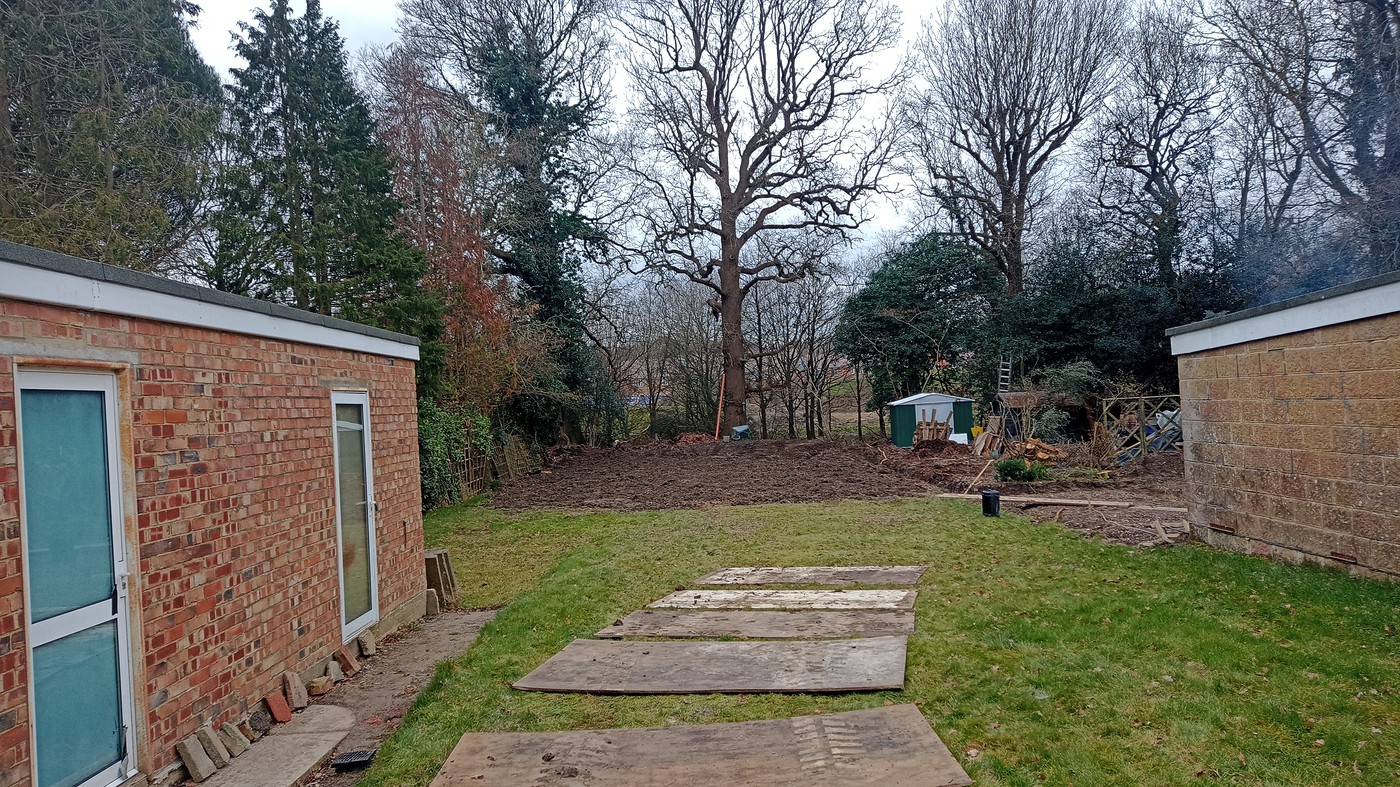
Dr Murdoch said:
Just done the 3rd cut this year, as it clearly growing (Surrey). However, despite putting down a winter feed in Jan/Feb there is quite a few yellow tips. Should I wait a few weeks and put a slow release spring fertiliser down + a soluble dose in the knap pack spryer?
I also put a low nitrogen winter feed down near the beginning of February, and this weekend I’ll be putting down the first dose of a high-ish nitrogen spring/summer feed.My preference is for a moderate level of nitrogen without going mad, and to still retain a decent level of phosphorus and potassium - so my NPK is 20-10-10 through spring and summer.
Looking ahead at the next week or two, it looks like we’ve got mild temperatures plus frequent light rain, i.e. perfect growing conditions. It will also start to raise the soil temperature, so if the mild conditions persist then it may well be possible to put seed down in a couple of weeks’ time.
RichB said:
Which do you use David? Lawnsmith's (for sandy soil like mine) is 25-4-10
For spring and summer I use Absolute Premier 20-10-10.From mid-late autumn, and right through the winter, I use Sportsmaster 4-12-12.
Last winter was the first time I tried fertilising every six weeks right the way through to early spring, and this year I did the same - pausing only when we had very cold weather. Other than short cold snaps, the winters have been mild enough that the grass hasn’t gone fully dormant, especially underground where root development will continue. So phosphorus for root growth and potassium for general toughening-up are valuable, I think. Certainly the lawn has come out of the winter looking pretty decent both this year and last.
Edited by Dr Mike Oxgreen on Saturday 18th March 08:47
This weekend I’ll be putting down the first dose of spring/summer 20-10-10 granular feed, but I’ll also be putting down some pre-emergent (Scott’s Crabgrass & Grassy Weed Preventer) that I ordered from the US a couple of years ago.
I used pre-emergent last spring, and I swear I didn’t have a single broad-leaved weed in the lawn all summer. It was remarkable.
I simply avoid the patches that I plan to reseed - otherwise the pre-emergent will stop the grass seed germinating - and this is one way in which drop-spreaders are much better than broadcast spreaders: you can be quite precise by releasing the handle to stop the flow as you go over a patch that you don’t want to treat.
This time I also put pre-emergent down at the back end of autumn last year, after my overseeding had finished germinating. According to the instructions this is the time to prevent germination of Poa annua which would then overwinter and grow the following spring. I’ll be very keen to see if this works!
I used pre-emergent last spring, and I swear I didn’t have a single broad-leaved weed in the lawn all summer. It was remarkable.
I simply avoid the patches that I plan to reseed - otherwise the pre-emergent will stop the grass seed germinating - and this is one way in which drop-spreaders are much better than broadcast spreaders: you can be quite precise by releasing the handle to stop the flow as you go over a patch that you don’t want to treat.
This time I also put pre-emergent down at the back end of autumn last year, after my overseeding had finished germinating. According to the instructions this is the time to prevent germination of Poa annua which would then overwinter and grow the following spring. I’ll be very keen to see if this works!
RichB said:
dhutch said:
RichB said:
AndyC_123 said:
Iron sulphate before or after scarifying?
If you're using it to help reduce moss then before. Unlike other weeds, moss has no roots, your just killing the foliage which comes in contact with the iron. Mechanical scarifiers will rake the whole whole lawn with enough power to fetch out most moss dead or alive, unlike spot raking by hand. At which point there seems to me to be no advantage to kill the moss you are going to remove anyway. Better to remove the bulk of what you can, get it out of the way, and then treat what is left and and what can't easily be raked out, to stop it spreading back.
dhutch said:
Yes, I'm with Robbie of Premier Lawns on this.
Unlike other weeds, moss has no roots, your just killing the foliage which comes in contact with the iron. Mechanical scarifiers will rake the whole whole lawn with enough power to fetch out most moss dead or alive, unlike spot raking by hand. At which point there seems to me to be no advantage to kill the moss you are going to remove anyway. Better to remove the bulk of what you can, get it out of the way, and then treat what is left and and what can't easily be raked out, to stop it spreading back.
I know nothing about moss, other than I have a full lawn of it and can literally pick lumps of it up without disturbing the soil, so that reads like sense to me. Unlike other weeds, moss has no roots, your just killing the foliage which comes in contact with the iron. Mechanical scarifiers will rake the whole whole lawn with enough power to fetch out most moss dead or alive, unlike spot raking by hand. At which point there seems to me to be no advantage to kill the moss you are going to remove anyway. Better to remove the bulk of what you can, get it out of the way, and then treat what is left and and what can't easily be raked out, to stop it spreading back.
If you scarify while it's alive there will be lots of spores released. Kill first so it's dry when it comes to scarifying and then another dose later about a month after to catch anything which is regrowing. The spores will stay in the grass for months though, until conditions are good for growth. Its not a one off job, but will take repeated applications of iron to kill it completely over time, and improved conditions for grass so it can out compete the moss.
dhutch said:
RichB said:
dhutch said:
RichB said:
AndyC_123 said:
Iron sulphate before or after scarifying?
If you're using it to help reduce moss then before. Unlike other weeds, moss has no roots, your just killing the foliage which comes in contact with the iron. Mechanical scarifiers will rake the whole whole lawn with enough power to fetch out most moss dead or alive, unlike spot raking by hand. At which point there seems to me to be no advantage to kill the moss you are going to remove anyway. Better to remove the bulk of what you can, get it out of the way, and then treat what is left and and what can't easily be raked out, to stop it spreading back.

I've got a lawn that had a fair bit of moss, I scarified hard and reseeded in late autumn, then used iron sulphate a month or so ago and raked up the blackened moss.
There's a lot less moss now and only slightly thin in places.
I think soon I'll use some sort of feed seed and weed product.
I'm considering also getting a hollow tine aerator, its clay soil that I'd say looks pretty compacted, it's also a fairly shaded lawn but does get sun some of the day.
Is the aerator the right thing to do? Wondering since no-one has mentioned it in all the moss talk.
There's a lot less moss now and only slightly thin in places.
I think soon I'll use some sort of feed seed and weed product.
I'm considering also getting a hollow tine aerator, its clay soil that I'd say looks pretty compacted, it's also a fairly shaded lawn but does get sun some of the day.
Is the aerator the right thing to do? Wondering since no-one has mentioned it in all the moss talk.
Gassing Station | Homes, Gardens and DIY | Top of Page | What's New | My Stuff




